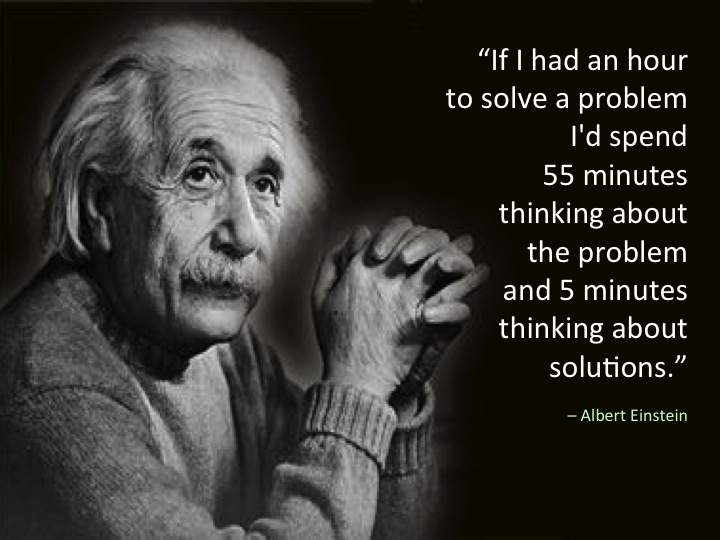On Microservices (Chapter 2 - An origin story)
A microservice origin story
Everyone likes a good story, right? Especially a true one.
So, let start this discussion reexamining microservices with a story - But, WARNING, this is a true story that may cause you to reconsider how you build apps, as it did me.
Several years ago, a group of Microsoft veterans was commissioned to solve the mess that commerce had grown into at Microsoft - all 16 systems.
As we all know, tactical systems built quickly to solve short-term problems (then hacked to death to deal with different scenarios and edge cases) can get out of hand. This case was no different. The internal commerce systems had become a costly, confusing mess for both employees and customers alike. It needed fixing and fast.
Everyone agreed on the problem - less so was any confidence it would be solved. But, to the surprise of most, a few short years later, the commissioned team’s goal to reduce all 16 into a single, universal store was completed.
It was a huge success - and it was completed in far less time than most believed possible.
Let’s talk about why that happened, because it was no accident.
A primary reason for the success was the thoughtful approach taken by their architecture team.
Rather than jumping straight to building, they began with a series of meetings focused on sharing lessons learned spanning their collective experiences building apps. Some key observations were:
1. Most apps were built on a mix of:
- pub/sub systems
- msg queuing
- multiple database technologies spanning SQL, No-SQL/DocumentDBs, etc.
- transformation pipelines doing ETL (extract, transform, load)
- lightweight Cloud Functions
- larger standalone/containerized services running in orchestration
- and more
(and that’s just a subset of the backend stack)
2. Monitoring, Scaling, Redundancy/Failover semantics, Backup/Restore granularity (& speed), Transactional semantics, etc. differed greatly across the leveraged products.
- Many present shared stories of recovering from crashes, failovers, and the like, wherein the numerous, differing semantics had limited scale and/or required painful data reconciliation/recovery times.
3. Databases were easily best-of-class in terms of most of the attributes from 2) above.
- Another aspect significantly better for databases was the attention/expertise devoted to provisioning & monitoring them by operations (and dev) teams. (Interestingly, it was also noted that having more than one type of database could still result in least common denominator/mixed semantics pain.)
4. Team education for design/code/debug of apps spanning the typical (read: complicated) mix of tech was both costly & ineffective at producing quality apps. Things were just too complicated.
5. In the case of microservice (or adjacent) based approaches, many services that began as simple “nouns (resources)” would quickly become dominated by query logic
- Adding support for “filtered GETs” changed significantly how the underlying database performed, scaled, etc.
- Even worse, not only was the creation/maintenance of this code costly, it was consistently a favorite attack vector for hackers exploiting sql injection type attacks.
Overall, the team shared great dissatisfaction with the state of app complexity, reliability, and scale.
From this forest-level evaluation sprang the questions:
- “Does it really have to be this bad?”
- “Can this be simplified?”
Also noteworthy was the question:
- “Are there fundamental primitives or patterns that could simplify building apps?”
After several weeks of deep thought, they emerged, convened the broader team, and shared the following (paraphrased):
“We spent the last few weeks discussing, in depth, every app our collective group has ever built. To our surprise, we’ve had an epiphany, which seems to be a massive simplification.
It appears that all of those apps could have been built out of 4 basic types of services.
We have created templates for each that we would like you to use exclusively for now.
Honestly, we think we are likely wrong in our belief that apps can be distilled into only these 4 types. So, when you find a missed requirement, report back so we can grow the model.”
The outcome?
- No one found a need for a 5th type
- They replaced the morass of products that differed in terms of scale, failover, backup/restore, monitoring with services that persisted data in relational DBs
- Loose/tight-coupled patterns became more natural
- Team education became simple and the resultant quality was undeniable
- Big cost savings resulted (both operational and licensing)
Sometimes the problem is less of a problem than how we are thinking about the problem.
So, what were the four services? Proceed to chapter 3!
